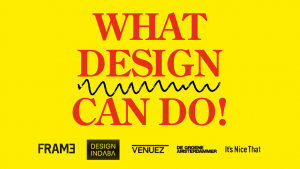From the Series
An architect by training, Carolyn Steel now talks and writes about food and its relationship to cities and how it influences the way we live in general.
“Food is a really interesting way to understand what a city is”, she said at the 2013 What Design Can Do conference in Amsterdam. She presented the notion of a “Sitopia” – or a utopian food city – arguing that we can use food to better shape and mould our expanding 21st century cities.
Steel believes that the focus in cities needs to move away from buildings and public spaces, to food. If we’re able to describe a city through food – where it is coming from and how it is physically brought into the city – we could use it as the tool for questioning what kind of society we’re building.
Historically cities were profoundly influenced by food and shaped around the means of brigning food into the urban space. “Food miles”, Steel points out, is not a modern phenomenon and highlights examples of “ancient food miles”.
The problem of how to feed a city is an enormous issue, one that has become invisible in the industrial city. “Food is such a powerful metaphor for life you might as well call it life,” Steel says. It influences and shapes every part of human life so in understanding how food feeds into the various aspects of modern life, we can begin to redefine what a “good life” is.









